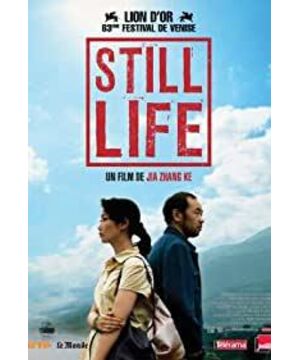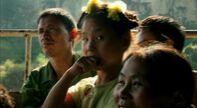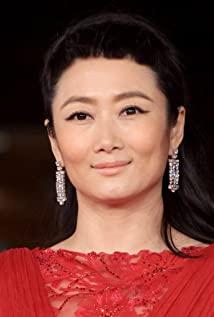Still Life evaluation action
2022-01-24 08:02
"Still Life" takes the process of coal miner Sanming Han and nurse Shen Hong searching for their lovers as clues. In the context of chaotic relocation, it gradually brings out the bottom ecology of China under the baptism of modern civilization and their respective persevering emotions and values. Jia Zhangke pays attention to the majority of people who are still left behind who have no opportunity to speak. They are the little people who truly represent China. The recombination of Sanming and the bought wife is a delay of the old Chinese narrative in a typical Western perspective. Chinese human rights tragedies are remedied with Chinese emotions; while Shen Hong’s rejection of emotionless marriages represents the independence of contemporary new women. Emotional attitude. The theme of human rights and freedom is embedded in the relationship between the sexes, and the director has a practical heart
.
In "Still Life", Jia Zhangke relies on the river to show the audience the reality of China under suffering with a humanistic attitude. He follows the "simple technique" shooting style that he has always insisted on. The dialogue is entirely in dialects without rendering. Not sensational, just focus the camera on the lives of ordinary people, stop there
. The film combines unintentional naturalism style with surprising documentary colors. The ingenious combination of the two makes the whole work full of poetry and picturesque but also slightly grainy
. It is a work of both rationality and sensibility
.
Extended Reading
Top cast
-
Brother Mark: You're a nostalgist.
Shen Hong: We can't forget who we are.









